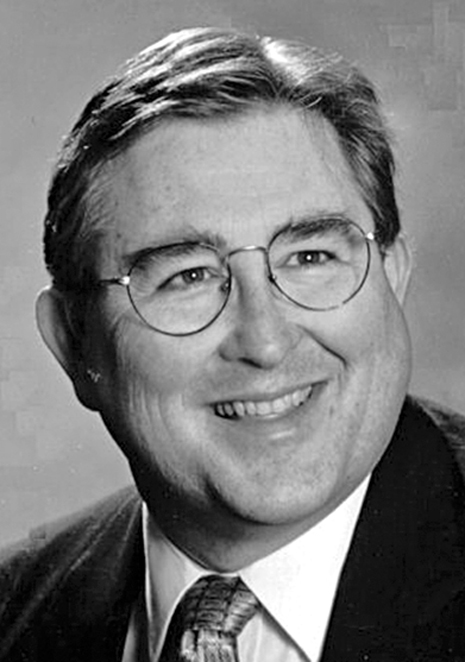By Danny Crownover
Through the years, many people asked The Vagabond about how the late Jerry Jones, a former Etowah County Tax Assessor, first became interested in genealogy and history. His ancestor Edmond Jones had survived an Indian massacre in what is now Rainbow City, and Jerry was trying to find out which Indians did it and why.
According to Jerry father’s version of the massacre at Old Hannony Cemetery, the group of Indians who made the attack lived in what is known as the “flat woods.” Since World War II, the area is known as the Old Camp Sibert area in both St. Clair and Etowah counties.
Having had a good result in his research in Botetourt County, Va., Jerry asked Bob if they could leave and go to Wilkes County, North Carolina. Something seemed to be pulling Jerry to Wilkes County. Because of snow, they decided to leave and reached Wilkesboro at about 4 p.m.
Going directly to the court house, Jerry searched the deed index and found a record where George Washington Humphries and Edmond Jones had purchased the old General William Le-noir home place.
Jerry then discovered a deed from Humphries and Jones to Sarah Humphries for a life estate in this same land. Jerry’s mind was going like a roller coaster. Was this his Edmond Jones, as he already knew that George Washington Humphries was the eldest son of Uriah and Sarah Humphries? But Jerry had also learned that there was an Edmond Jones who had married a daughter of General Lenoir and was well established in Wilkes County.
After sorting through a few more deeds, Jerry found that Sarah Humphries had made out a deed to Joel Chandler for this tract of land located on the Yadkin River. But Sarah stated in the deed that this was the same property deeded to her by her son, Edmond Jones.
Jerry now had two women saying that Edmond Jones was their son. Which one is correct? Jerry talked Bob into staying in Wilkesboro for another night so he could try to sort out this mystery.
The next day, Jerry reviewed the deeds again and decided that whoever had written the last deed from Sarah Humphries to Joel Chandler had left out the fact that George Washington Humphries and Edmond Jones were the grantors in the first deed, and indeed, that George Washington Humphries was Sarah’s son.
Jerry found that there were not just two Edmond Jones’ with deed transaction in Wilkes County but a third one using the name of Edmond Jones. Jerry found where Edmond Jones – which appeared to be his Edmond Jones – had purchased another tract of land. He had it a short time and then he sold it, this time it said Edmond Jones, alias Edmond Gunter, was the grantor.
Jerry spent the day comparing the three Edmonds. He found that Edmond Joines consistently used the Joines spelling, and the other Edmond Jones was always listed as Edmond Jones of Sugar Valley. That left Edmond Jones, a.k.a. Edmond Gunter.
Jerry wondered why Jones used an alias. Had he at one time gone by the name of Gunter? The only Gunter Jerry could think of was the one who lived on the Tennessee River and that the town of Guntersville was named for him. Could this be the white man who had rescued Edmond, the only survivor of the massacre near the Coosa River? That was a long way apart. Jerry decided that he must pursue information on John Gunter.
At the Birmingham City Library, Jerry found information that John Gunter had come to the Tennessee River in 1786 and was a trader who married a daughter of Chief Bushyhead whom he called Catherine.
None of the histories of Marshall County seemed to know anything of Gunter before his arrival there in 1786.
On further research, Jerry found an article that said that before going to the Tennessee River, John Gunter had spent 12 years as a Chickasaw trader on the Coosa River. The Chickasaw Nation was located in northwest Alabama, Mississippi and Tennessee. Jerry needed to see what Indians were located in what had become Etowah County. Of course, the Cherokee Nation was the best known and Jerry had some knowledge of that.
The Creek Indians claimed a part of this area, and Jerry also learned that in the time frame of the l780s there were four main tribes in what would become Alabama – the Cherokee. Creek, Chickasaw and Choctaw.
Jerry found nothing to indicate the tribes’ exact locations except that the Cherokee Nation was located in northeastern part of the state, the Creek in the southern and central part of Alabama and the Choctaw in southwest Alabama.





